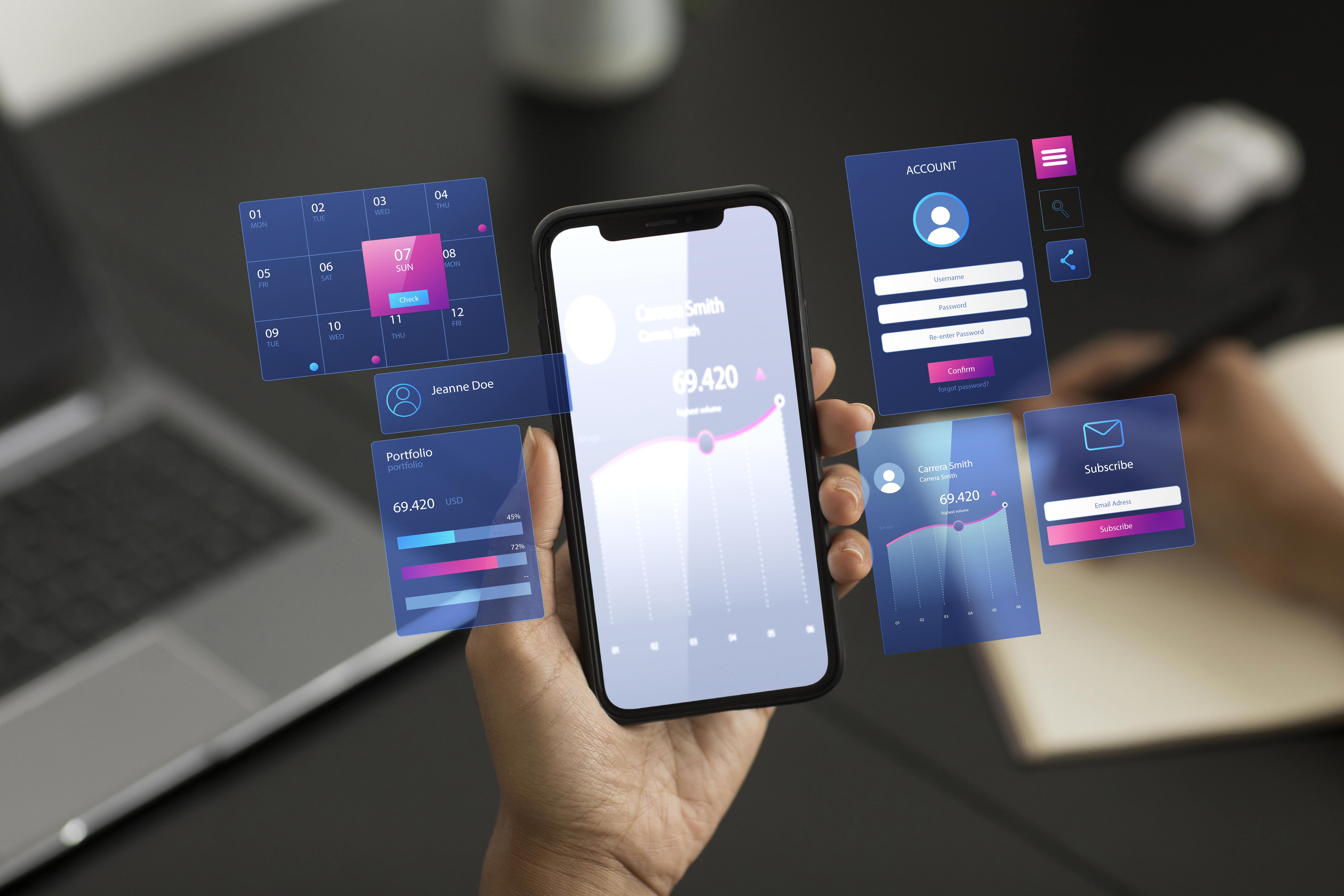
Designing User-Centric Mobile Apps: Best Practices for a Seamless Experience
Designing User-Centric Mobile Apps: Best Practices for a Seamless Experience
User experience (UX) design has become a cornerstone of mobile app development, influencing how users interact with and perceive apps. Designing user-centric mobile apps is not just about aesthetics; it's about creating an intuitive, engaging, and seamless experience that addresses users' needs and preferences. In this guide, we'll delve into the best practices for designing user-centric mobile apps that prioritize usability, accessibility, and engagement.
1. Understand Your Users:
The first step in designing a user-centric mobile app is to understand your target audience. Conduct user research, surveys, and usability testing to gain insights into users' behavior, preferences, pain points, and goals. Use personas and user journeys to create empathy and design solutions tailored to different user segments.
2. Focus on Usability
Usability is a critical aspect of UX design, ensuring that users can easily navigate, understand, and interact with your app. Follow established usability principles such as simplicity, consistency, clarity, and feedback. Design intuitive navigation paths, clear calls-to-action, and user-friendly interfaces that minimize cognitive load and friction points.
3. Prioritize Accessibility
Accessibility is about ensuring that your app is usable by everyone, including users with disabilities or diverse needs. Adhere to accessibility standards and guidelines such as WCAG (Web Content Accessibility Guidelines) to design inclusive experiences. Provide alternative text for images, support screen readers, offer adjustable font sizes and color contrast options, and consider users with motor impairments or visual impairments in your design.
4. Optimize for Mobile Devices
Mobile devices come in various screen sizes, resolutions, and orientations, so it's crucial to optimize your app for different devices and platforms. Embrace responsive design principles to ensure that your app adapts seamlessly to various screen sizes and orientations. Test your app on different devices and use tools like emulators and responsive design frameworks to achieve consistent performance across devices.
5. Enhance Engagement
Engagement is key to the success of mobile apps. Incorporate interactive elements, gamification, push notifications, and personalized content to keep users engaged and coming back to your app. Leverage user data and analytics to understand user behavior, preferences, and engagement patterns, and iterate on your app's features and content to enhance user satisfaction.
6. Test and Iterate
User-centric design is an iterative process. Conduct usability testing, A/B testing, and feedback sessions with real users to gather insights and validate design decisions. Use analytics and user feedback to identify areas for improvement, address usability issues, and optimize the user experience over time.
Conclusion
Designing user-centric mobile apps requires a deep understanding of users, a focus on usability and accessibility, optimization for mobile devices, engagement-enhancing features, and a continuous cycle of testing and iteration. By following best practices and prioritizing the user experience, you can create mobile apps that not only meet users' needs but also delight and retain them, driving long-term success and user loyalty.

Leave a Reply
Your email address will not be published. Required fields are marked *